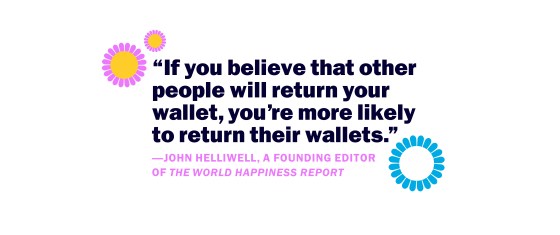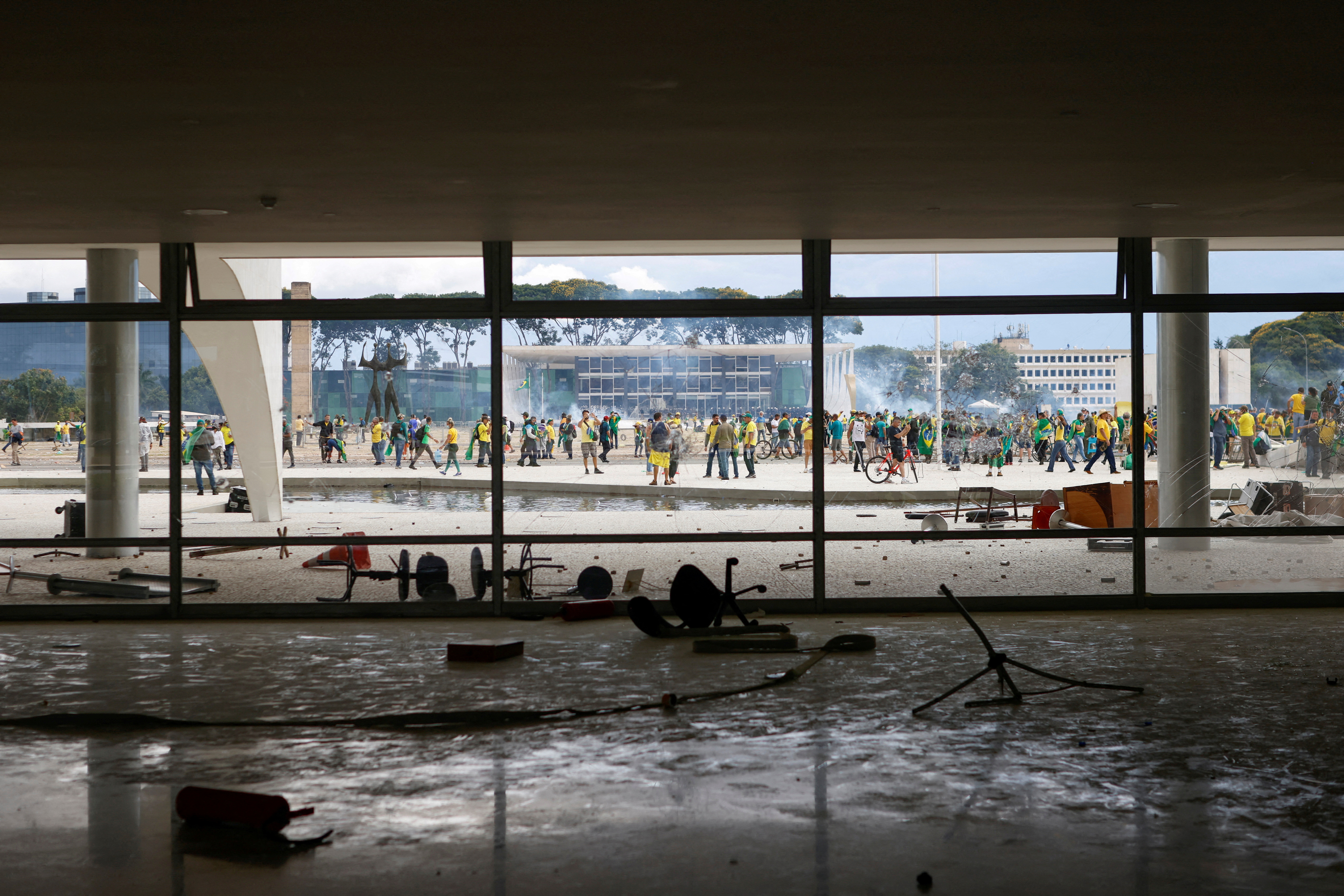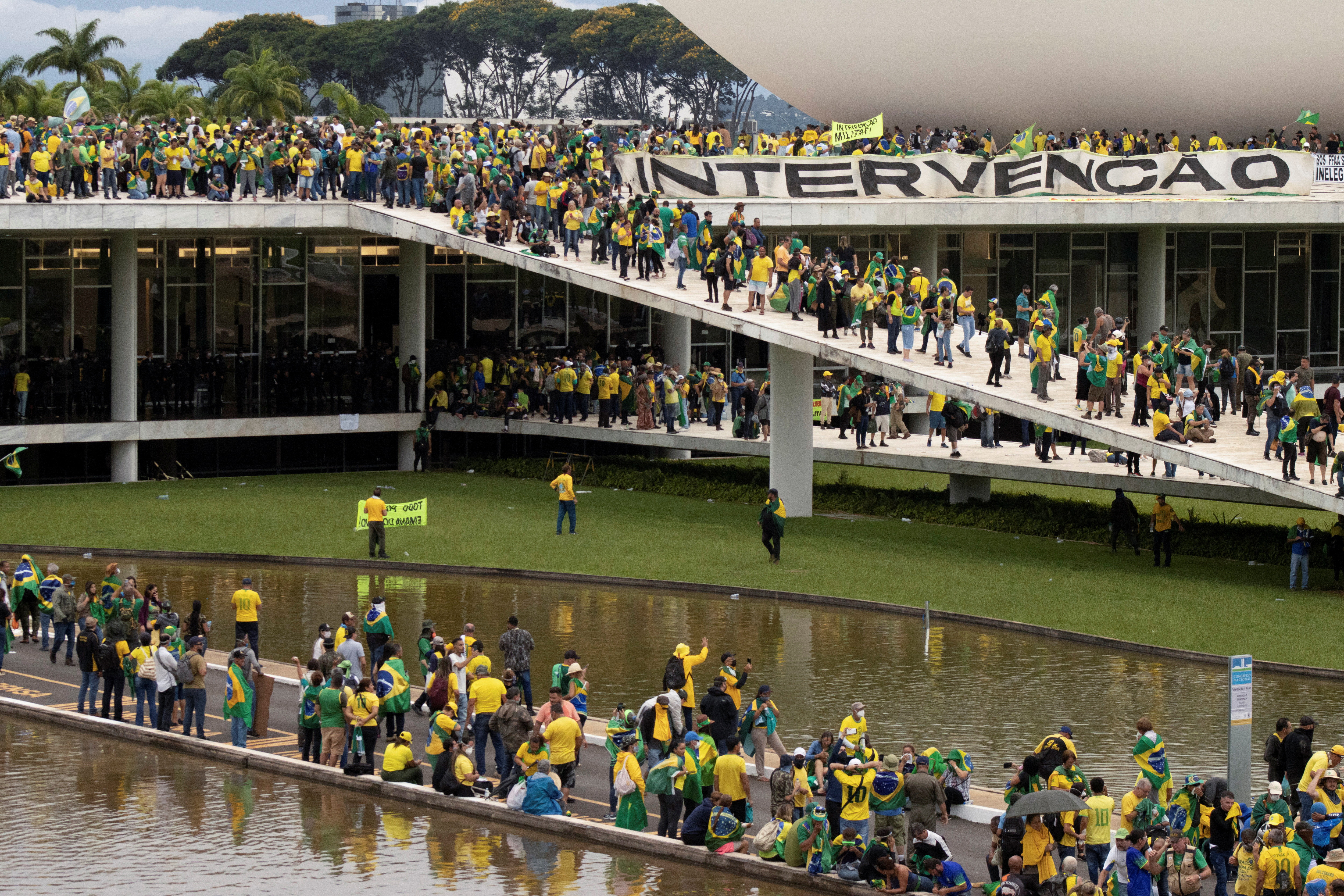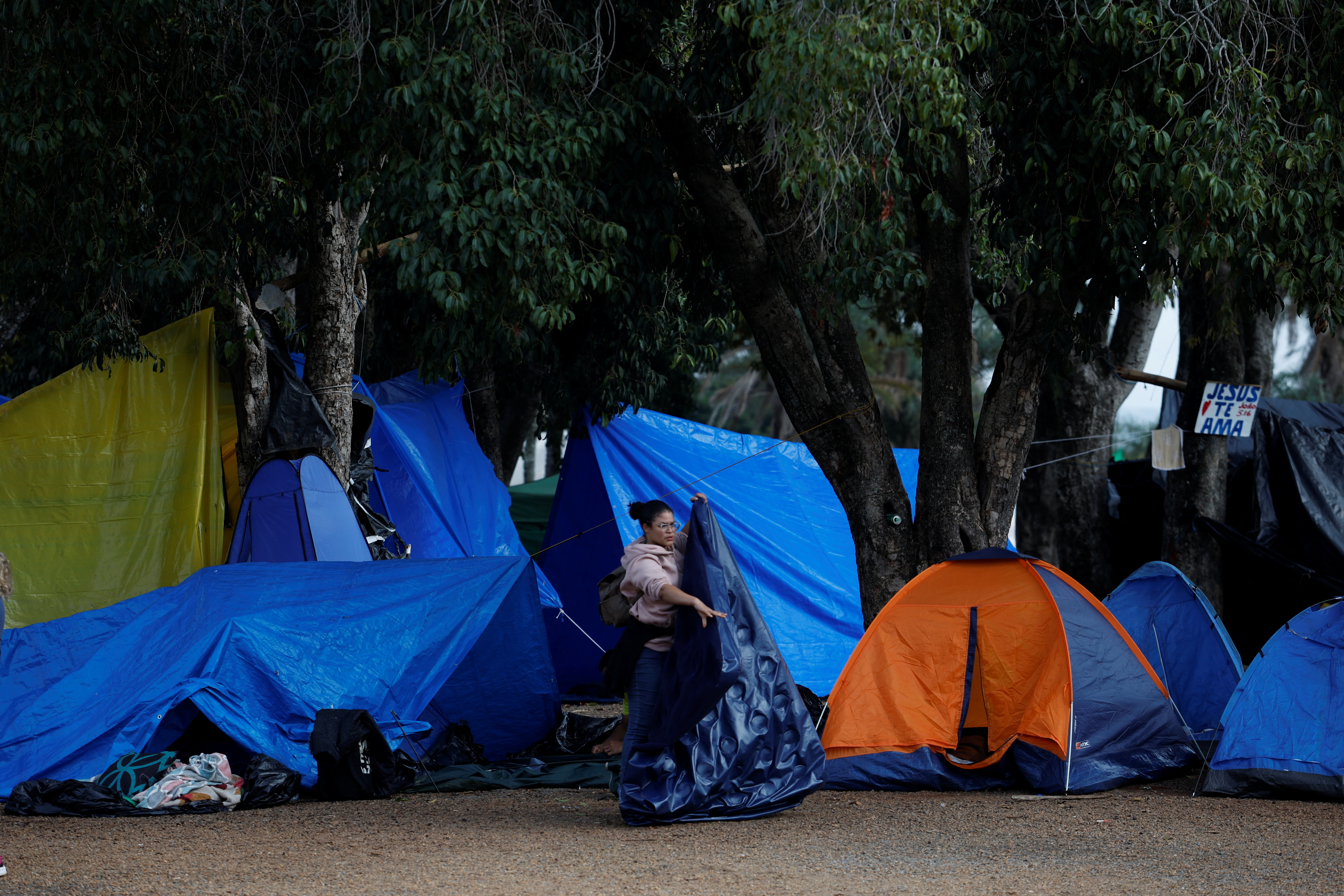Fat salaries and corporate success aren’t the gateways to happiness they’re cracked up to be. But it makes sense that we might think they are. “We’re fed such an incredibly dense diet of popular media and marketing that shapes our understanding of happiness in a way that actually gets in the way of it,” says Emiliana Simon-Thomas, science director at the University of California at Berkeley’s Greater Good Science Center. “I think we as a society, particularly in the West, have a bit of an illusion about where happiness comes from and how to get more of it.”
[time-brightcove not-tgx=”true”]
Researchers have long sought to sort fact from fiction when it comes to pinpointing what increases happiness. Here are six surprising things we often think are making us happy—but that might actually be doing the opposite.
Dodging your negative emotions
Being happy is a lofty goal. Squashing negative emotions like anger, fear, and resentment is surely a step in the right direction, right?
It turns out the opposite is true—and experts say that’s the No. 1 thing most people get wrong about the pursuit of happiness. “We have the mistaken idea that a happy, meaningful life means feeling good all the time and avoiding our negative emotions,” says Laurie Santos, a cognitive scientist and professor of psychology at Yale University. “But the evidence suggests that suppressing our negative emotions can be a recipe for making those emotions worse.”
Research has concluded that suppressing negative emotions is a “barrier to good health.” One study suggests bottling up emotions like frustration or disgust can make people more aggressive; another indicates that the habit can lead to lower social support and fewer close relationships. Additional research has linked suppressing emotions to an increased risk of early death from any cause.
It’s much healthier to reframe how we think about happiness, Simon-Thomas says, and to accept that it includes the full spectrum of emotions. Remind yourself that when you’re scrolling past beaming faces on social media, you’re only seeing part of the story, and it’s not possible or healthy for anyone to constantly be happy.
Once we redefine what happiness means, “there’s a way to relate to our unpleasant emotions that’s more restorative—more growth- and learning-oriented,” Simon-Thomas notes. It’s important to practice self-compassion, and to recognize that when we feel bad, the answer isn’t to stifle those emotions or berate ourselves. “Rather, we need to understand what they’re for,” she says. Practicing mindfulness can help some people figure out how to acknowledge and cope with difficult emotions in a healthy way, as can a specific framework called Acceptance and Commitment Therapy, or ACT. The approach helps teach people to accept their inner emotions instead of avoiding them.
Living in a city
Some of the great American cultural icons—from Frank Sinatra to Jay-Z—have waxed poetic about life in metropolitan areas like New York. But waking up in a city that never sleeps isn’t necessarily good for inner peace.
Research has found that urban living often translates to stress, anxiety, and plain old unhappiness. According to one study, people who resided in cities were 21% more likely than those in rural areas to experience an anxiety disorder, and 39% more likely to have a mood disorder like major depression. In another study, those based in areas with lots of road noise were 25% more likely to report depression symptoms than people living in quiet neighborhoods. (One potential reason: Noise can interrupt sleep, which is a crucial component of mental health.) Research has linked simply being in the presence of high-rise buildings to worse moods and feelings of powerlessness.

One reason why cities have these impacts is that our brains are only wired to live in social groups of about 150 people, says Colin Ellard, a neuroscientist at Canada’s University of Waterloo, who studies how natural and built places affect emotion and physiology. Of course, most places have a bigger population than that—but in a smaller town, you won’t pass all of them on the street during your morning commute. “Once the size of our group exceeds that, we’re basically in a situation where we’re living among strangers, and that is cognitively and emotionally taxing,” he says. Feeling crowded in a high-density area can, for example, lead to higher levels of the stress hormone cortisol. Plus, “people struggle mentally in situations where they don’t feel in control over their circumstances,” which is common in cities—there’s nothing you can do to get the taxis to stop honking or to clear a crowded sidewalk.
Fortunately, if you’re a city-dweller and plan to remain one, there are ways to protect your mental health. Even brief exposures to natural areas like urban parks can help, Ellard says, as can trading a bus commute for a walk or bike ride. And investing in black-out curtains and a white-noise machine can help improve sleep quality in loud, bright neighborhoods.
Having tons of free time
Researchers have long known that having enough discretionary time is crucial for wellbeing—but it turns out that having too much free time may be almost as bad as having too little.
According to a study published in 2021 in the Journal of Personality and Social Psychology, wellbeing increases in correlation with free time, but only to a certain extent. The benefits level off after about two hours, and decline around five hours of free time per day. “What we found is that if you have a lot of discretionary time, you’re not necessarily happier, and in some cases, you’re actually less happy,” says study author Marissa Sharif, an assistant professor of marketing at the Wharton School of the University of Pennsylvania. “The reason for that is you don’t feel like you’re productive anymore, and you feel like you lack purpose and meaning.”
Still, how you spend your free time matters. When people with more than five hours spent it with others—or felt like they were passing it in a productive, meaningful way—they didn’t experience a drop in well-being. Some of the activities that helped participants feel like they were optimizing their time included exercising, participating in group activities, and pursuing a hobby like gardening or studying a new language. Scrolling through social media or using the computer, on the other hand, made people feel less happy about how they’d spent their free time.
“If you do happen to have lots of time, just think consciously about how you’re spending it,” Sharif says. “Think about how to use that time in a way that makes you feel like you have meaning, or purpose, or like you’re productive.”
Chasing success
From the time we’re little kids, many of us are taught that if we work hard, we’ll land the perfect, high-paying job, get a flashy promotion (and then another), and live happily ever after. It’s the American Dream.
But experts say checking off those accomplishments won’t actually make you happier—at least not for long. The false notion that achieving success will lead to long-lasting happiness is called the arrival fallacy, says Tal Ben-Shahar, co-founder of the online Happiness Studies Academy. “Most people believe that if you win the lottery or get that raise or promotion, or win a tournament, then you’ll be all set,” he notes. “This actually leads millions—if not billions—of people on the path to unhappiness. Because at best, what success does is lead to a temporary spike in our levels of wellbeing, not to lasting happiness.”

Almost as soon as we achieve one goal, we often become fixated on the next, ending up trapped in an endless cycle of not appreciating what we have. Plus, success frequently translates to more stress and less time for things we care about, like our families. In one classic study published in the Journal of Personality and Social Psychology, professors who had either received or been denied tenure were asked to rate their happiness, and both groups had similar scores. (That’s despite significant career differences, including higher pay and job security.) When assistant professors who weren’t yet eligible for tenure were asked how achieving such a milestone would affect them, they tended to overestimate how happy the change would make them.
Discovering the fleeting nature of happiness following a big accomplishment can feel like a letdown. But there are ways to stretch out the positive feelings success initially brings, says Sonja Lyubomirsky, a psychology professor at the University of California Riverside and author of books including The Myths of Happiness. For example, if you change jobs, aim to keep feelings of novelty alive by seeking out new challenges and opportunities: “Meeting new people, learning new things—if we’re able to do that,” we’ll fend off feelings of staleness, she says. So sign up for an online course in some new skill you’d like to explore, and schedule networking coffees with colleagues you don’t know very well yet. Doing so may lift your spirits and invigorate you.
Anonymity
It’s natural to want to blend in some of the time: to keep our heads down, avert eye contact, and mind our own business. But the pursuit of anonymity isn’t doing us any favors, says John Helliwell, one of the founding editors of the World Happiness Report, a publication of the Sustainable Development Solutions Network, a nonprofit launched by the United Nations.
He references an experiment in which participants were asked what might happen if they lost a wallet with $200 in it. How likely did they think it was that a police officer, neighbor, local clerk, or stranger would return it? People who believed they lived in an environment in which someone would return their wallet were much happier than those who didn’t think they’d get it back. “We found it was really important for people to feel that they live in a society where other people care about them,” Helliwell says. “If you believe that other people will return your wallet, you’re more likely to return their wallets—and you’re likely to feel happier because these are the people who watch out for your kids when they’re walking to school, who tell you to ‘watch out’ if you’re about to run into a curb.”

To foster this sense of community belonging, Helliwell issues a few challenges. The next time you’re walking down the street, think to yourself: “These are all people who would return my wallet if I dropped it,” and offer them a smile instead of quickly looking away. Or start a conversation. “Turn your next elevator ride from a place to read your mail, or to look at the elevator inspection certificate, into an opportunity to say hello to someone,” he says. “Because it’s that connection that’s going to make both of you happy.”
Buying fancy things
Money and happiness have a complicated relationship. Earning a decent salary does improve how happy you are—but only to a certain point. Research suggests that Americans tend to feel happier in correlation with the amount of money they make up to about $75,000 a year per person (and $105,000 per year in more expensive North American areas); after that, emotional well-being levels off.
But exactly how we spend our money can also impact happiness, says Michael Norton, a professor at Harvard Business School and co-author of the book Happy Money. Research suggests that buying stuff—designer clothing, shiny new cars, the latest gadgets—doesn’t make us happy. Rather, as people become more materialistic, their well-being plummets.
People who spend money on experiences instead of material things, however, tend to enjoy greater happiness. That’s likely because fun activities facilitate social connection and can be appreciated for what they are, not compared to someone else’s experiences (which isn’t the case with consumer goods). Experiences don’t need to be big vacations, either: “Going out for lunch with a friend instead of buying yourself some [trivial] thing” counts too, Norton says.
Spending money on others rather than on yourself can also improve happiness, Norton’s research indicates. “Giving really does pay off more than spending on yourself,” he says. “And it’s not like you have to do a billion-dollar foundation.” Only have $5 to give? “That day is going to be a happier day.”
















